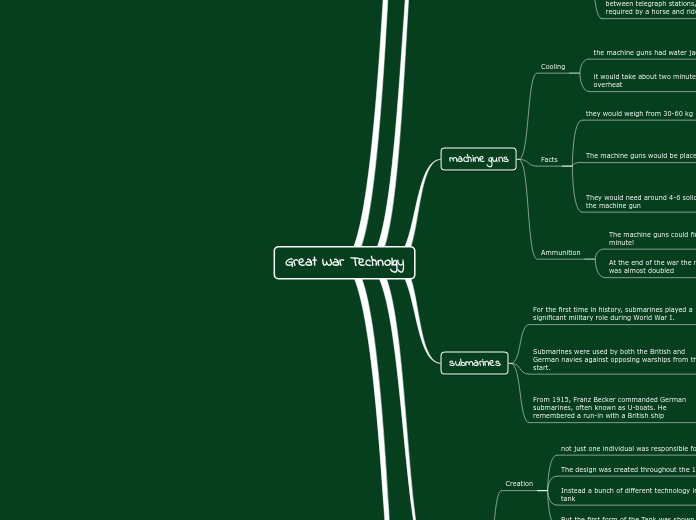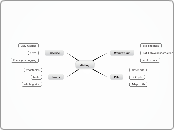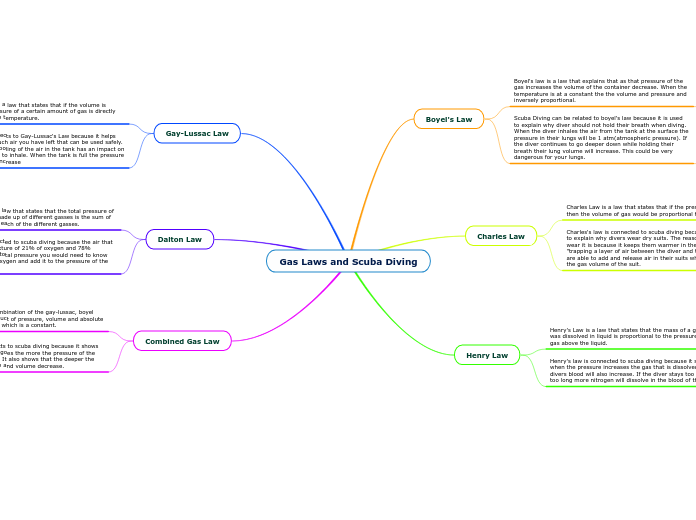Great War Technolgy
poison gas
Different gases
Phosgene Gas
First used on 19 December 1915
This gas was responsible for most of the deaths with gas
During World War I, phosphorus was employed widely as a choking agent.
Chlorine Gas
First used on April 22, 1915
produces a greenish-yellow cloud that smells of bleach and immediately irritates the eyes, nose, lungs and what ever body parts get exposed to it first
Mustard Gas
the Germans used it on the Russians for the first time in 1917
Mustard gas was the most odourless chemical, and it produced blisters on both the inside and outside of the body, making it worse than chlorine and phosgene gas.
First Used
However, the first poison gas - in this case, chlorine - was used for the first time on April 22, 1915
Then on January,1915 the Germans used tear gas on the Eastern from for the first time
October of 1914, the German army launched shells at the French that included a chemical irritant designed to cause a severe sneeze fit
Tear gas was used for the first time on August 14, 1914, by the French against the Germans
the French were the ones who used it first and invented it
People assumed the Germans were the ones who invented poison gas
tanks
The ending of a story is essential. We all know that if the ending is weak, what happened before loses its importance. So make it unpredictable, but fair. A resolved ending answers all the questions and ties up any loose threads from the plot.
These weapons were 28 tonnes in weight (25,401 kilograms).
These tanks had an eight-man crew, with four troops in command and four gunners.
A six-cylinder petrol engine was installed in these cars.
First use
This is the closure section of the story.
See examples of possible outcomes below:
- all problems have been solved
- it's clear how each one of your characters ends up
- your main character is transformed by the challenge
In April 1917 the French deployed 128 tanks
the attack was itself successful
Try answering these questions in order for you to come up with a closure:
- Have all problems been solved?
- Is it clear what happens with all your characters in the story?
- Has the challenged transformed your main character?
- How do the characters feel in the end?
15 September 1916 by Captain H. W. Mortimore
Try answering these questions to come up with a closure:
- Have all the problems been solved?
- Is there a clear picture of what happens with each character in the story?
- Has the challenge transformed your main character?
- How do the characters feel in the end?
Creation
This is the moment when the main character surpasses the last obstacle and finally faces their greatest challenge.
The climax usually follows one of these patterns:
- realization
- resolution
- choice
Type in your answer.
But the first form of the Tank was shown by the British army.
Instead a bunch of different technology inventions lead to the tank
The design was created throughout the 18th century
not just one individual was responsible for creating the tank
submarines
The middle of the story is where you add layers of complications that will lead to the end. Reveal more about the character's journey. Did their personality go through changes? How did they overcome the challenges? And as you build up the story’s central conflict, make it more personal to that character. Also, from the middle act, you have to lead into the final act.
From 1915, Franz Becker commanded German submarines, often known as U-boats. He remembered a run-in with a British ship
Submarines were used by both the British and German navies against opposing warships from the start.
For the first time in history, submarines played a significant military role during World War I.
Your character(s) need(s) motivation in order to solve the challenge(s).
machine guns
Ammunition
At the end of the war the number of rounds fired was almost doubled
The machine guns could fire 400-600 rounds per minute!
They would need massive amounts of ammunition with them at all times
Facts
They would need around 4-6 soliders to fully operate the machine gun
The machine guns would be placed on flat Tripods
they would weigh from 30-60 kg
Cooling
it would take about two minutes for the gun to overheat
the machine guns had water jackets on the barrels
They would need large water supplies around them at all times
communication
Telegraph
The telegraph was quickly embraced because it allowed information to be conveyed relatively swiftly between telegraph stations, as opposed to the weeks required by a horse and rider.
On the other end, the receiver decodes the pulses in order to decode the message.
The electric telegraph transmits an electrical charge to a receiving device. The flow is stopped whenever the transmitter presses the telegraph key, resulting in an audible pulse at the receiving station. Because it cannot transmit sound or data, it communicates solely through pulses.
Telephone
Telephones were used to communicate between front-line Marines and Soldiers and their superiors on the Western Front during WWI. The US Army Signal Corps used 28,000 miles of wire and 32,000 miles of French communication poles to build 2,000 miles of telegraph and telephone pole lines.
A telephone converts the sound of our voice into electrical signals that may be transferred over long distances via cables or other transmission medium, and then repeats those signals so we can hear them all at once.
The telephone was developed by upgrading the telegraph
Signal Flags
Flag signal usually occurred when two ships are close to one another and they mostly communicated with flag signals when they were doing dangerous operations
before things like the telegraph,telephone and two-way radios many ships would communicate with each other with using a series of signal flags
airplanes
In the beginning of the story (or the exposition), you will need to introduce the setting and characters. You might also want to introduce the main conflict. This part of the story is important because it gives the reader necessary background information and maybe even a first insight into a character’s personality.
Fighter Planes
The setting (time & place) of a story can change throughout the plot.
The "interrupter gear," a timing device that synced the machine gun with the rotating propeller blades, was invented by a Dutch aircraft designer called Anton Fokker in mid-1915.
Machine guns, on the other hand, tended to be huge and heavy, and only a handful were tiny and light enough to be used on an aeroplane.
The weather is an important element in your story because it can highly influence the ambiance and the mood of the characters.
Subtopic
As aerial reconnaissance became increasingly common, the need for techniques to prevent enemy observation planes arose. One strategy was to fire on them from the ground, but this proved ineffective until guns that were more suited to the job became available. Another idea was to develop a system that allowed one plane to attack another. Pilots and observers on observation planes attempted to shoot down other planes with rifles and even handguns in the first such attempt, which quickly proved unsuccessful. Hand grenades, bricks, or even long ropes with grappling hooks were used by some pilots to assault planes below them.
The time of the story can also change. It can describe the event of a single day or can include an entire year's plot. Anyway, don't forget to mention it.
Birth of a new weapon
Characters are essential to a good story. Usually, the protagonist(s) is/are the most affected by the plot. Introduce a character by focusing on their actions, interests, and occupation, as the physical appearance doesn't make a difference in most cases.
Despite the fact that the plane was only 11 years old in 1914 and could barely accommodate a single person, no one thought it would be helpful at the time, but that all changed during WW1.
Type in the name of your character.









